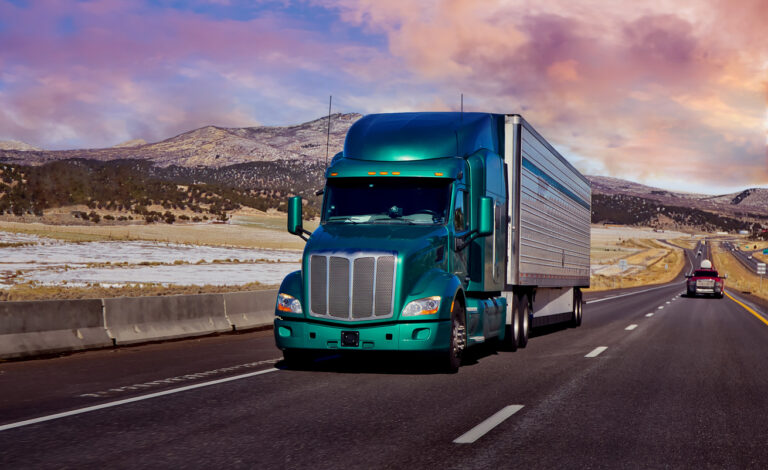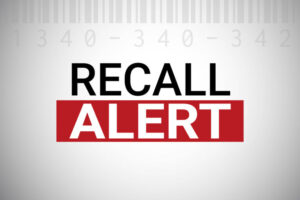GREEN BAY, Wis. — Breakthrough is releasing its third-annual State of Transportation report.
“2025 will test whether the industry can strike the right balance between resilience and sustainability,” said Jenny Vander Zanden, COO, Breakthrough. “As economic pressures evolve, shippers are staying committed to their broader sustainability goals. Now they are focusing on adapting these strategies to build on the level of success they’ve seen so far. Transportation plays a critical role in sustainability efforts, and we’ve seen that world-class shippers who continue to make progress toward emissions reduction goals are taking proactive, diversified approaches within their transportation strategies to navigate uncertainty in a cost-effective manner.”
Top Priorities
The study found that cost efficiencies are the top priority among shippers and carriers in 2025 in response to new economic and governmental headwinds ahead of an expected market flip.
“The transportation industry has made meaningful sustainability progress in the last year – 97% of shippers made progress toward sustainability goals,” Breakthrough said in a media release. “However, today’s market dynamics and uncertainty are putting pressure on shippers and carriers to reduce costs, which could put further sustainability progress at risk. Regardless of the pressures, delaying or deemphasizing sustainability is a short-sighted approach.”
Proactive Steps
Leading shippers and carriers are being proactive, seeking out cost-effective emissions reduction tactics including:
- Shippers are taking a multifaceted approach. Most are deploying a range of tactics that best align with their business priorities: 52% of shippers have prioritized tracking scope 1 transportation emissions, 38% are tracking scope 3 transportation emissions, 37% are contracting with more sustainable carriers and 30% are increasing alternative energy usage.
- Carriers are leaning into technology and equipment upgrades to improve the fuel efficiency of their fleets. 67% of carriers say cost savings are actually an impetus for their sustainability efforts. In practice, 43% of carriers are tracking scope 1 transportation emissions, 41% are upgrading to more fuel-efficient equipment, 39% are implementing fuel-efficient technologies into vehicles, and 39% are optimizing route planning to maximize fuel consumption.
Freight Market Flip
“Breakthrough’s economic and market research shows a freight market flip is likely to begin in Q2 2025, which would shift a shipper-favorable market to a carrier-favorable market,” Breakthrough said. “Though the shift is expected to be gradual, shippers and carriers are already adjusting their strategies and priorities accordingly.”
- Shippers are optimizing their networks. Shippers are taking various approaches: 55% are expanding their use of additional transportation modes and 47% are expanding volume with core strategic carriers. However, only 24% are optimizing routes and consolidating shipments for cost efficiency; potentially a missed opportunity.
- Carriers are anticipating opportunities for growth. Carriers plan to capitalize on a carrier-favorable market: 49% plan to expand their fleets and services, 44% plan to sign more contracts with premium shippers, 43% plan to raise prices, and 43% plan to diversify their customer bases.
Breakthrough surveyed 500 transportation leaders, including carriers and shippers, across the United States about their goals and priorities for 2025. To see the complete findings from Breakthrough’s State of Transportation report, visit https://www.breakthroughfuel.com/resources/exclusive-content/2025-state-of-transportation-report/.











